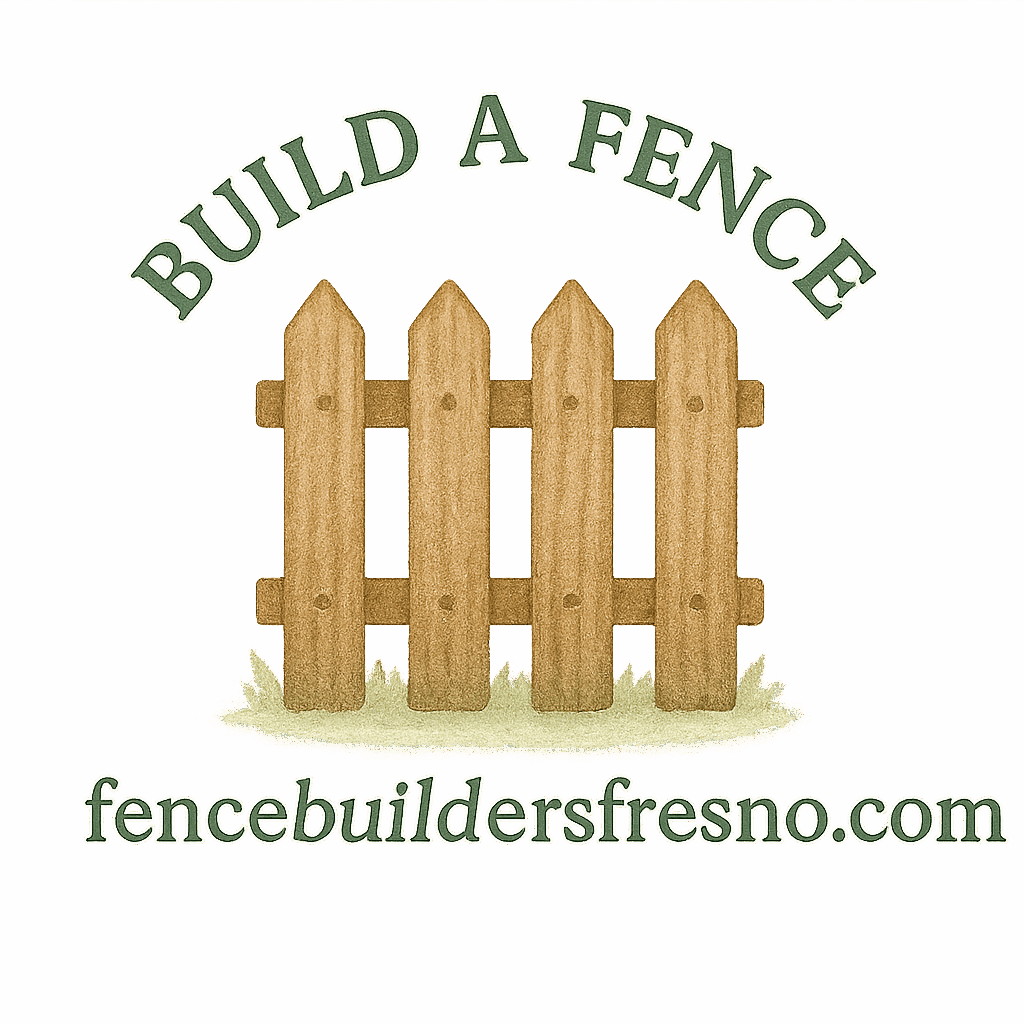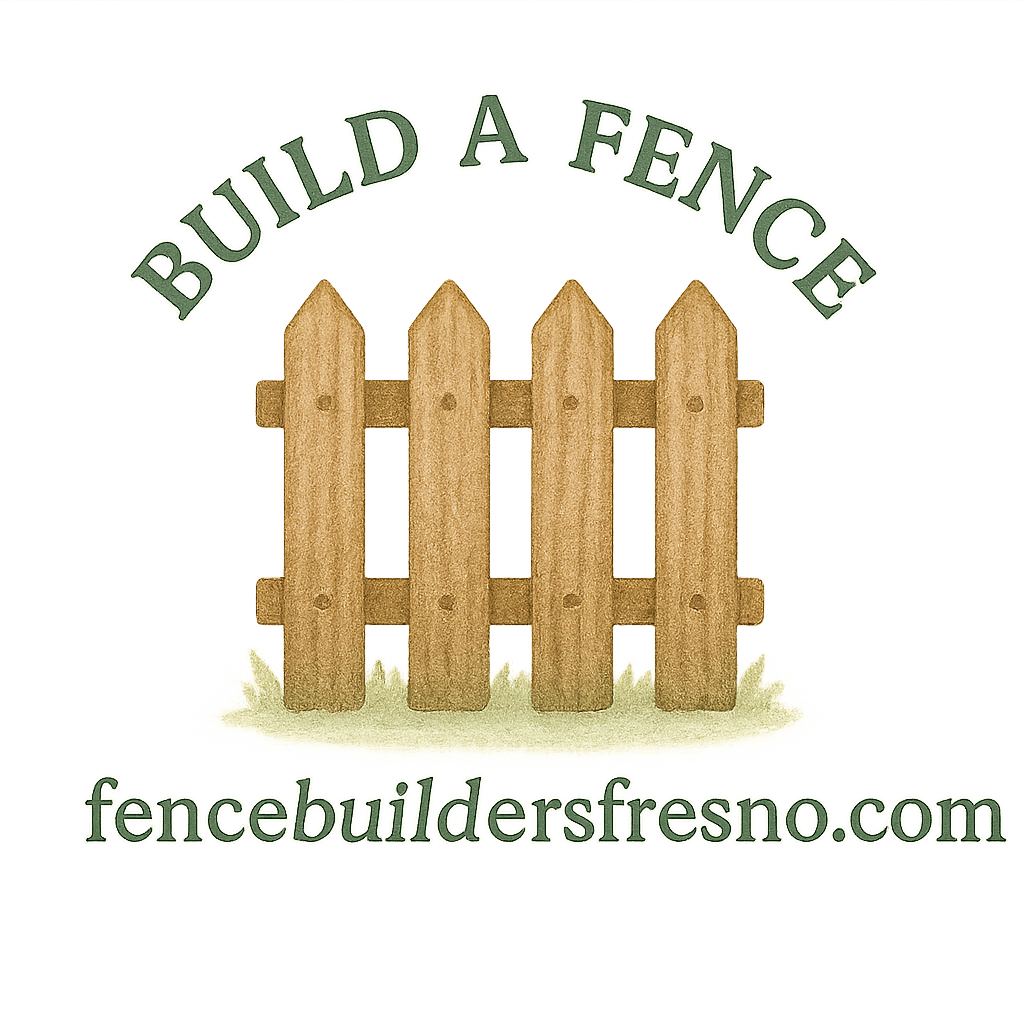What’s the Big Deal About Property Lines?
So, you’re finally ready to build a fence. Whether it’s to keep your dog in, nosy neighbors out, or just for a little more privacy—congrats! But before you grab that post hole digger, there’s one thing you absolutely have to get right: your property lines. Mess it up, and you might find yourself in a legal dispute faster than your cement can dry.
Let’s dive into the 7 property line rules when building a fence—the must-know basics to avoid drama, lawsuits, and wasted money.
💡 Related: Learn about fence building basics to get a solid start.
1. Know Where Your Property Line Actually Is
Survey Your Land
First things first: don’t guess. Get an actual land survey done if you’re even slightly unsure about your property boundaries. A land surveyor will mark the corners of your lot with stakes and flagging tape, giving you hard proof of where your line is.
✅ This is especially critical if you’re dealing with fence encroachment issues.
Use City Records or Plat Maps
City records or your property’s plat map (often found with your deed) can show your lot boundaries too. But these are only estimates—surveys are more accurate.
Hire a Professional if Needed
If things are still fuzzy, don’t hesitate to call in a licensed surveyor. It’s cheaper than tearing down and rebuilding a misplaced fence later!
📌 Want more help? Here’s a detailed fence guide to walk you through it.
2. Check Local Zoning and Fencing Laws
Understand Height and Material Regulations
Every city has its own fence codes. For example, you might only be allowed to build up to 6 feet in the backyard and 4 feet in the front yard. Using the wrong material? That could be a code violation too.
🔍 Check out fence design planning for help selecting compliant styles.
Permit Requirements
Some places require permits for fences over a certain height or for specific locations like around pools. Don’t skip this step—permits protect you and your wallet.
3. Communicate with Your Neighbors
Shared Fences and Costs
Thinking about putting a fence directly on the property line? You’ll need to discuss it with your neighbor. Some states have “Good Neighbor Fence Laws” that say you both share the cost and maintenance.

🤝 If you want a peaceful resolution, see legal property considerations for more.
Keeping the Peace Over Boundaries
Even if your neighbor isn’t paying, it’s courteous to give them a heads-up. This simple gesture can prevent decades of tension over 6 inches of lawn.
Related tag: boundary fence
4. Don’t Build Too Close to the Line
Setbacks and Easements Explained
A setback is how far back from the property line your fence must be. This might be required by city ordinance or your HOA. An easement is land reserved for utilities or access, and fencing over it could be illegal.
Tip: Check out legal fencing for more dos and don’ts.
The Golden Rule: Leave Room to Work
Even if setbacks aren’t required, leave at least a few inches so you can paint, repair, or clean both sides without trespassing.
5. Respect Easements and Utility Access
Why Easements Exist
Easements are invisible rights-of-way for things like power lines or sewer systems. If you block access with your fence, utility companies can—and will—tear it down without asking.
🧱 Avoid rookie mistakes with our fence installation tag for pro advice.
Fence Around, Not Through
Always fence around easements or design gates to allow access. It’s better to plan ahead than rebuild later.
6. Handle Fence Encroachments the Right Way
How to Spot Fence Encroachment
Fence encroachment happens when a fence crosses into someone else’s property—intentionally or not. If it’s your neighbor’s fence on your land, document everything first. If it’s yours, offer to move it ASAP.
Legal Options if Things Go South
Sometimes, even a nice conversation can’t fix the issue. In that case, you’ll need mediation or legal help. Understanding your property rights can help you navigate this messy situation.
🚫 Also see our post on legal dispute prevention.
7. Put Agreements in Writing
Shared Fence Contracts
If you’re sharing costs or building on the line, draft a written agreement. It should outline maintenance duties, cost split, and future dispute handling.
Avoiding Future Disputes
Even with the best neighbors, memories fade. A signed paper avoids the dreaded “But we never agreed to that!” conversation.
📝 Check our DIY fence tag if you’re taking it on yourself.
Fence Installation Tips Along Property Lines
Use Durable Materials
You don’t want to redo this every 5 years, right? Go for quality materials like vinyl fencing or pressure-treated wood.
Read our guide on durable fencing for material comparisons.
DIY vs. Hiring a Pro
DIY can save cash, but professionals bring experience and avoid costly errors—especially on property lines. For peace of mind, consider reaching out to experts like Fence Builders Fresno.
Legal and Maintenance Considerations
Who Owns the Fence?
Ownership usually depends on which side the “good” side faces or who paid for it. But it can vary, especially with shared fences.
Curious about shared space rules? Visit home fencing.
Maintenance and Fence Upkeep Tips
Don’t let your beautiful fence fall apart. Regularly check for rot, rust, or wear—especially if it’s made of wood.
Learn more with our fence maintenance & repair resources and our wood fence care tips.
Conclusion: Build Right the First Time
Building a fence might seem like a weekend warrior’s dream project, but getting it wrong can lead to nightmares. Knowing and respecting the 7 property line rules when building a fence will save you legal fees, headaches, and neighborly arguments. Always do your research, talk to your neighbors, and plan like a pro.
Need expert help? Contact Fence Builders Fresno for all your fencing needs.
FAQs
1. Can I build a fence directly on the property line?
Yes, but you usually need agreement from the adjacent neighbor and possibly a written contract. Always check local laws.
2. What happens if my neighbor builds a fence on my property?
That’s called fence encroachment. Try to resolve it peacefully. If not, consider legal mediation.
3. How close to the property line can I build a fence?
It depends on your city’s setback laws. Some require a few inches to several feet of space.
4. Who pays for a fence on the property line?
In many states, both property owners split the cost if the fence benefits both. But it’s best to agree beforehand.
5. Do I need a permit to build a fence?
Often, yes—especially for taller fences or those near sidewalks or pools. Check with your local planning office.
6. What materials are best for fences on property lines?
Vinyl and treated wood are great options. They’re durable, low-maintenance, and visually appealing.
7. Can a fence affect property value?
Absolutely. A well-built, attractive fence can boost curb appeal and resale value—just be sure it’s legally and properly placed.


